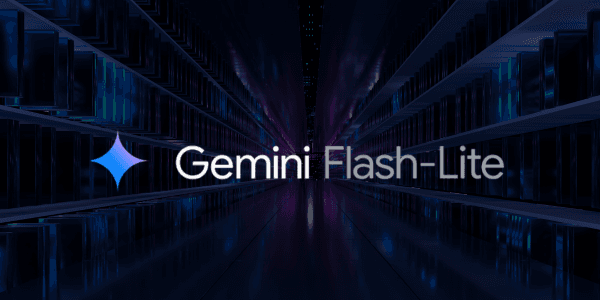Google has introduced Gemini 2.0, a series of AI models that operate faster and more efficiently than previous versions. With three variants—Flash, Flash-Lite, and Pro—Google focuses on speed, affordability, and advanced reasoning.
What does this mean?
Gemini 2.0 can not only process text but also analyze images and other data. This gives Google an edge over competitors like OpenAI and DeepSeek. Additionally, Google is introducing Flash Thinking, a reasoning model that works directly with Google Maps, YouTube, and Search.
Three versions for different applications
Gemini 2.0 Flash: Designed for maximum speed and minimal latency. With a context window of 1 million tokens, this model can process large amounts of data and quickly answer complex questions. Ideal for chatbots, search engines, and automation of business processes.
Gemini 2.0 Flash-Lite: A lighter and more affordable version of Flash, with the same multimodal capabilities. Suitable for businesses and developers looking to implement AI solutions without high costs.
Gemini 2.0 Pro (experimental): The most advanced model, featuring a context window of 2 million tokens and support for code execution and complex analyses. Perfect for software development and technical research.
Why this is important for companies and developers
With Gemini 2.0, AI applications become faster and more cost-effective. Companies can enhance customer interactions, while developers gain access to powerful AI models through Google AI Studio and Vertex AI. Thanks to the large context window and multimodal input, analyses are more accurate and automation is more effective.
Safety and Future Plans
Google is strongly focused on security, with self-learning AI and automated security tests. In the coming months, Gemini 2.0 will be further expanded with new functionalities and broader applications.
With this update, Google strengthens its position in the AI market. The big question now is: can these innovations convince companies to choose Google’s AI solutions?

